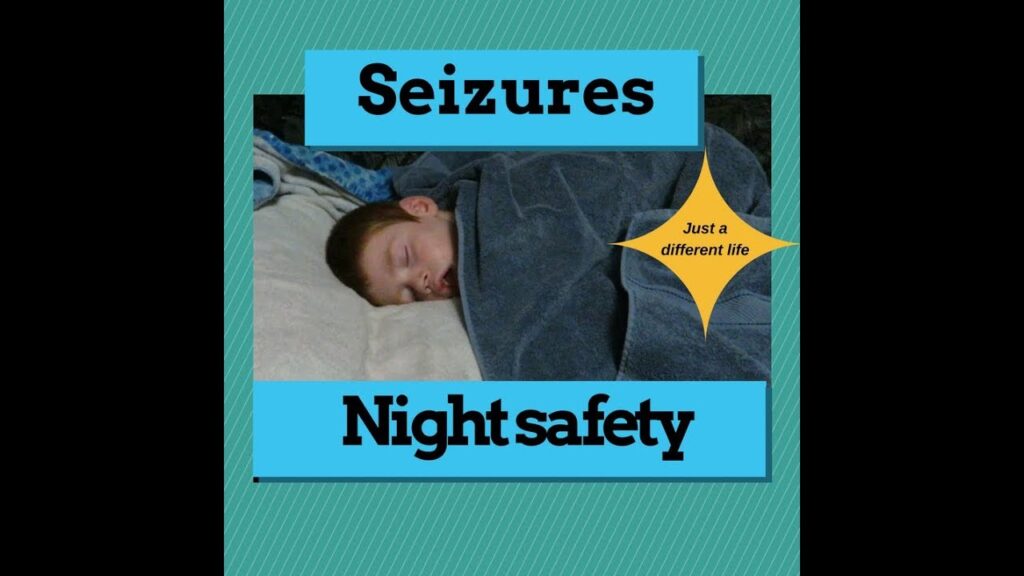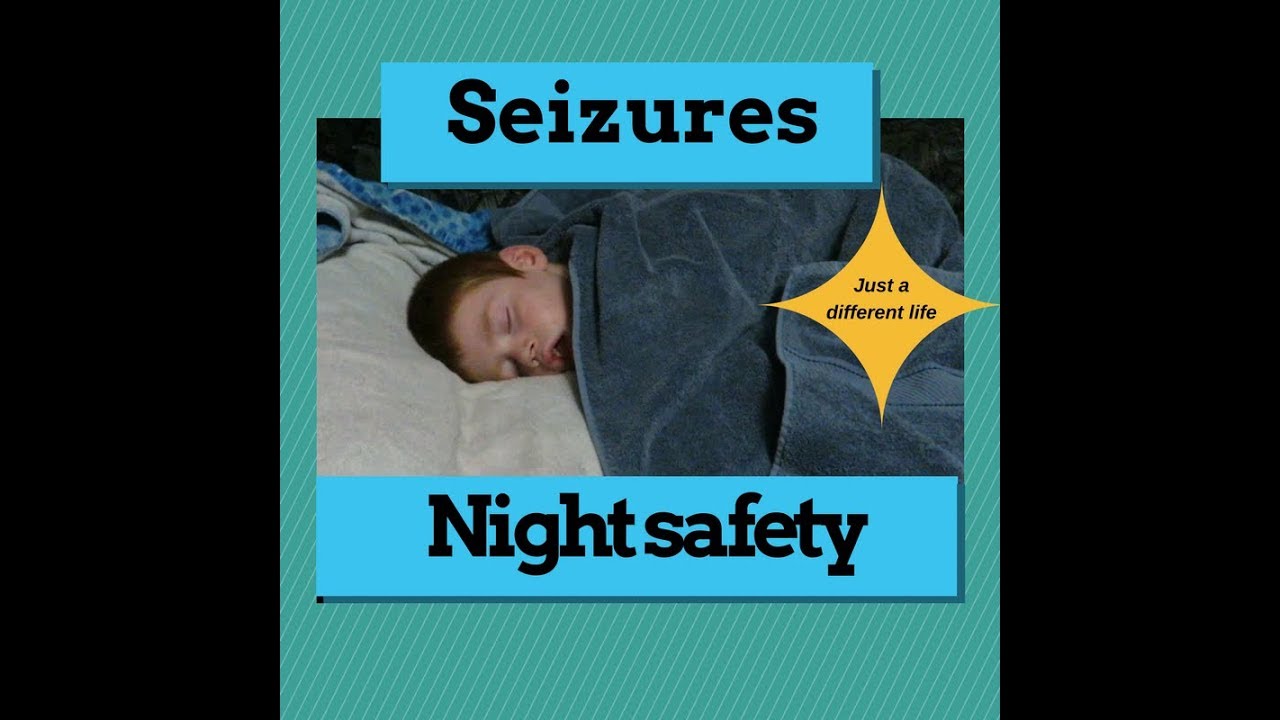Seizures can occur at any time of the day, but some people experience them exclusively during the night. These are called nocturnal seizures, a condition that raises many questions about why they happen, how they differ from daytime seizures, and how they can be managed. Let’s explore this intriguing topic.

What Are Nocturnal Seizures?
Nocturnal seizures occur during sleep and are a specific type of epilepsy. While seizures can occur at any time, these are unique because they are directly linked to brain activity during sleep.
When the brain transitions into a state of rest, the usual balance of neural activity shifts. This shift can sometimes “awaken” a seizure focus, leading to abnormal electrical activity in the brain. For some individuals, seizures start as nocturnal episodes and may remain confined to nighttime. Statistics show that up to 70% of individuals with nocturnal seizures continue to experience them exclusively at night.
However, without proper management, these seizures can become more frequent and may start occurring during the day.
What Causes Nocturnal Seizures?
Frontal lobe epilepsy is the most common cause of nocturnal seizures. This is due to the frontal lobe’s high level of connectivity with deeper brain structures during sleep. This connection increases the likelihood of seizures starting in this area at night.
Key Features of Nocturnal Frontal Lobe Seizures:
- Episodes may involve bizarre movements such as flipping, bicycling motions, or crawling.
- Patients may wake up confused, screaming, or displaying unusual behavior.
- For example, a patient might crawl out of bed or even walk to another room while having a seizure.
Other causes include:
- Genetic factors: A form of frontal lobe epilepsy, called autosomal dominant frontal lobe epilepsy, runs in families.
- Temporal lobe epilepsy: Seizures may originate from the temporal lobe, though these are less common at night.
- Benign Rolandic epilepsy: Often seen in children, these seizures affect facial muscles and can cause drooling, difficulty speaking, and crying.
Symptoms of Nocturnal Seizures
The symptoms vary depending on the seizure’s origin in the brain, but common signs include:
- Jerky movements or repetitive motions.
- Crying or screaming during sleep.
- Drooling or difficulty speaking after waking up.
- Unusual sleepwalking behaviors, such as crawling or flipping.
Children with benign Rolandic epilepsy may wake up frightened, unable to speak, and seek comfort from their parents.
How Are Nocturnal Seizures Diagnosed?
Diagnosing nocturnal seizures often requires:
- Detailed History: Family members or caregivers may notice unusual nighttime behaviors.
- EEG Monitoring: A sleep study or prolonged EEG monitoring can detect abnormal brain activity during sleep.
- Video-EEG: Capturing seizure episodes on video helps identify the type and origin of seizures.
Treatment Options for Nocturnal Seizures
The treatment for nocturnal seizures is similar to that for other types of epilepsy.
1. Anti-Seizure Medications
Medications are the first line of defense and are effective in 50-70% of cases. Commonly prescribed drugs include:
- Sodium valproate.
- Lamotrigine.
- Levetiracetam.
2. Advanced Options for Refractory Cases
When medications fail to control seizures, other options include:
- Surgery: If the seizures are linked to a specific area, such as a scar or malformed cells in the frontal lobe, surgical removal of the affected area may provide a cure.
- Implantable Devices: Devices like vagus nerve stimulators (VNS) or responsive neurostimulation (RNS) can help manage seizures.
Living with Nocturnal Seizures
Managing nocturnal seizures requires a tailored approach. Regular checkups, adhering to prescribed medications, and discussing all symptoms with a healthcare provider are essential. In some cases, nocturnal seizures are manageable without treatment, especially in children with benign forms of epilepsy.
Stay Informed
Understanding nocturnal seizures and their management is essential for individuals and caregivers. If you suspect nocturnal seizures, consult a neurologist promptly. For more reliable information about epilepsy and other health conditions, visit medicaltimes.io.
Reference Websites:
Top 10 FAQs About Nocturnal Seizures
1. What are nocturnal seizures?
They are seizures that occur exclusively during sleep.
2. Are nocturnal seizures common?
Yes, especially in people with frontal lobe epilepsy.
3. What causes nocturnal seizures?
They are often linked to brain activity in the frontal lobe during sleep.
4. How can I tell if I have nocturnal seizures?
Unusual nighttime behaviors, such as jerky movements or sleepwalking, may indicate nocturnal seizures.
5. How are they treated?
Anti-seizure medications are the first line of treatment, with surgery or devices for refractory cases.
6. Can nocturnal seizures happen during the day?
If untreated, nocturnal seizures may start occurring during wakefulness.
7. Are nocturnal seizures genetic?
In some cases, like autosomal dominant frontal lobe epilepsy, they are hereditary.
8. Can children have nocturnal seizures?
Yes, especially in conditions like benign Rolandic epilepsy.
9. Do nocturnal seizures always need treatment?
Not always. Some cases, especially in children, resolve without treatment.
10. Is surgery for nocturnal seizures safe?
Yes, when performed by experienced specialists, surgery can be a highly effective and safe option.
